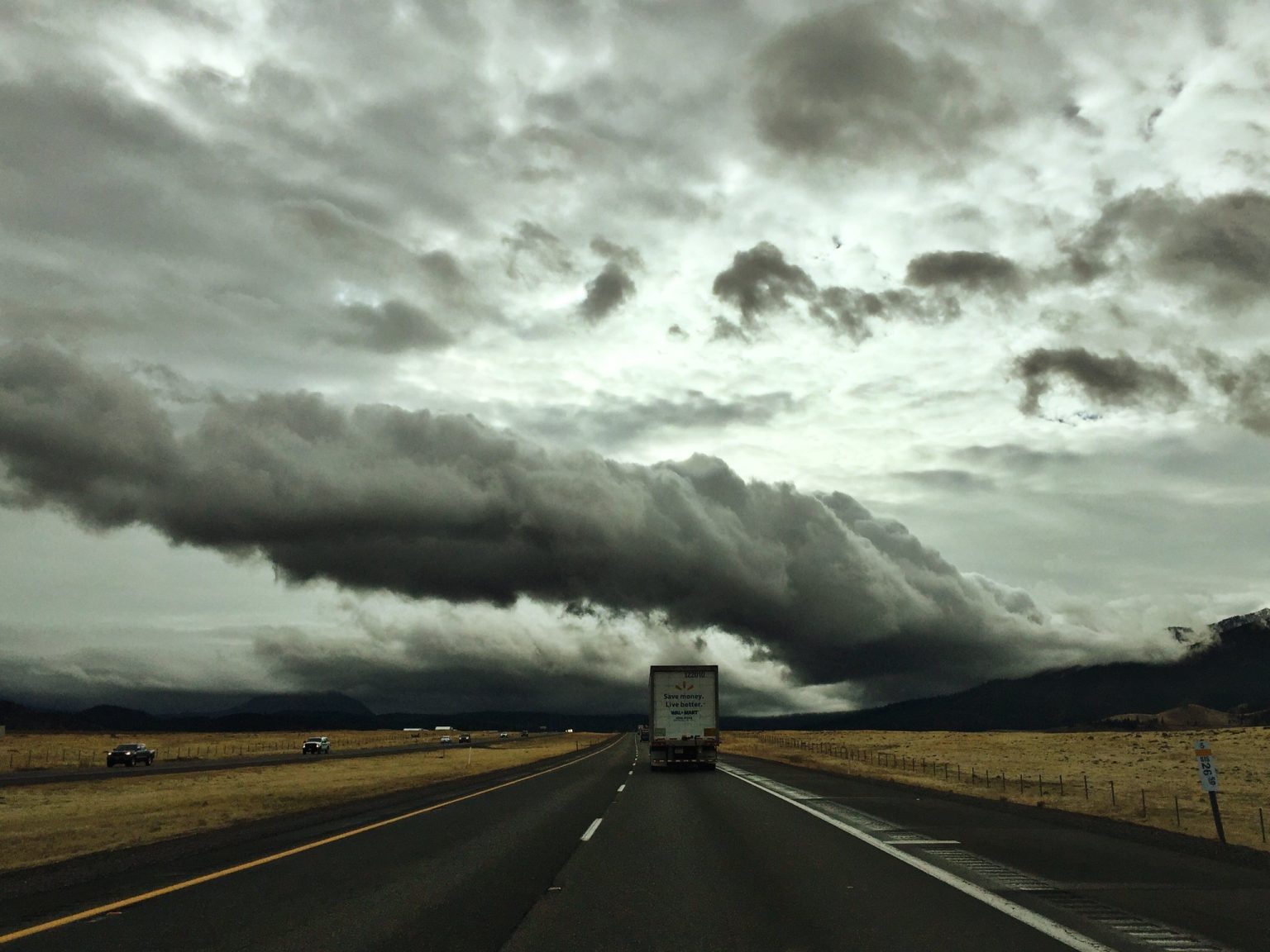University of Washington atmospheric sciences professor Dale Durran, along with fellow researchers at Nvidia, have developed a new artificial intelligence-powered forecasting tool called StormCast. This tool can accurately and quickly predict weather events such as thunderstorms and rainfall within a range of just a couple of miles. StormCast operates faster than existing systems and can run on simpler machines that are more energy-efficient. It was created by a team led by Nvidia and also included researchers from Lawrence Berkeley National Laboratory and the University of Minnesota. The tool utilizes generative AI, enabling it to outperform traditional forecasting models.
The development of StormCast marks a significant advancement in weather forecasting technology. This tool is particularly crucial in predicting extreme weather events, such as flooding, hailstorms, and record-breaking temperatures, which are becoming more common due to climate change. Durran emphasizes that the rapid and accurate predictions made by StormCast represent a significant shift in the forecasting process. StormCast’s ability to estimate the likelihood of rainfall occurring in the first few hours is particularly useful for local forecasts covering current conditions up to six hours out.
StormCast’s computational approach differs from traditional models like the National Oceanic Atmospheric Administration’s (NOAA) High-Resolution Rapid Refresh (HRRR) modeling system. While HRRR relies on numerical weather prediction using a large amount of computational power, StormCast uses generative AI to run five different simulations that can outperform a single run on HRRR in terms of accuracy. Training the StormCast model required significant compute power, but using the tool consumes much less energy. The team behind StormCast aims to leverage real-time radar and satellite information on clouds to further enhance its forecasting results.
AI is increasingly being integrated into weather forecasting processes globally. Both NOAA and the European Centre for Medium-Range Weather Forecasts are investing in high-performance computer systems that utilize AI to improve weather predictions. Additionally, Microsoft’s Aurora and Planette, a climate tech startup with roots in the Pacific Northwest, are incorporating AI into their forecasting models. While Durran views StormCast as a complement to existing forecasting resources, rather than a replacement, he recognizes the exciting potential of AI in atmospheric science. He acknowledges the work of his former graduate student Jonathan Weyn and collaborator Rich Caruana in recognizing AI’s potential in this field.
The outlook for AI-powered weather forecasting tools like StormCast is promising, with continued advancements expected in the accuracy and efficiency of predictions. The development of StormCast demonstrates the power of AI in transforming the field of atmospheric science and improving our ability to forecast weather events with greater precision. By incorporating real-time data and leveraging generative AI techniques, tools like StormCast have the potential to revolutionize weather forecasting and enhance our ability to predict and respond to extreme weather events.


